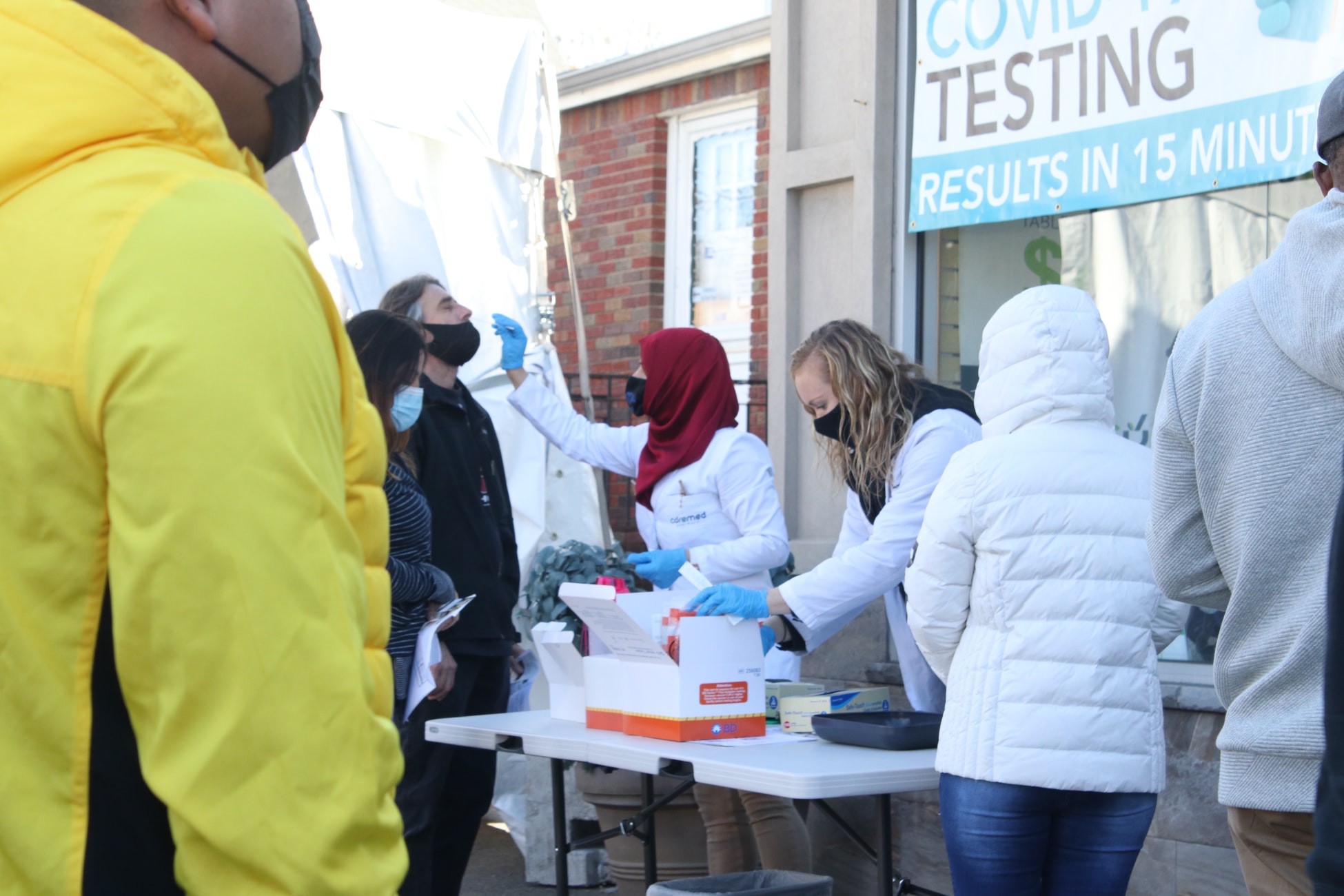
The Emotional Toll Of COVID-19 on Today’s Medical Workforce
The impact of the COVID-19 pandemic on the world is undeniable. While a handful of countries are largely operating as they did before the pandemic struck thanks to quick, common-sense action on the part of their federal governments, the bulk of the world is still reeling from COVID-19 and its variants.
While this pandemic is affecting everyone in one way or another, those working in the medical field are in the trenches dealing with the worst parts of COVID-19 that regular folks are blissfully unaware of. After nearly a full year of treating COVID-19 patients, losing scores of them to the disease despite their best efforts, with little to show for it outside of the unending appreciation of the public, it is no wonder that there is a massive emotional toll that COVID-19 is taking on medical professionals.
Insurmountable Risk
Healthcare workers have dealt with death in some capacity daily for nearly an entire calendar year at this point due to COVID-19. Not only are healthcare workers witnessing the deaths of the patients that they are struggling to save, but have constantly worry about their coworkers or themselves contracting the virus due to their massively increased risk of infection and death due to excessive COVID-19 exposure. The pressure of the situation is constant and has, predictably, resulted in a decline in the mental, emotional, and physical health of medical professionals.
Each morning, healthcare workers and students face an impossible choice: complete their duties and continue treating the COVID-19 pandemic, putting themselves at immense risk, or throw in the towel in the name of self-preservation knowing that they walked away when they had the power to help. The mental and emotional stress of this daily decision is unknowable to those that don’t have to face it themselves.
While access to mental health services via health insurance is at an all-time high due to the Affordable Care Act, it can be a struggle for healthcare workers to find the time in their schedule for even basic self-care. Almost half of U.S. workers have experienced new or worsening mental health issues since the start of the pandemic, and while the stigma of seeking care for mental health is fading, that also means that mental health services are being flooded with new appointments. This can make scheduling mental telehealth appointments especially difficult for healthcare workers who have odd schedules.
Going It Alone
Though the CDC and the WHO have released and continually updated COVID-19 safety guidelines throughout the pandemic, the amount of disinformation and misinformation spread regarding COVID-19 largely nullified the effectiveness of any official safety guidelines. Stoked by fear and paranoia and egged on by conspiracy theories, many Americans have largely rejected measures that would help to reduce the number of new infections regardless of the facts.
This can be incredibly emotionally draining for healthcare workers as they spend endless hours trying to stymy the spread of COVID-19. Previous viral outbreaks have been shown to increase healthcare workers’ mental health issues ranging from acute increases in anxiety and fear to PTSD. Compound that with the fact that a large portion of the population actively believes that the current pandemic is simply a hoax can add a level of exasperation to an already stressful mindset.
When they aren’t working long hours on the front line of the war against COVID-19, healthcare workers are still experiencing the same levels of social isolation as the rest of the country. Isolation can negatively affect anyone’s mental health, but when the only people that healthcare workers interact with are other healthcare workers and patients, it can feel like there is no way to separate working life from home life.
Applause Is Not Enough
While there is no shortage of examples showing the public supporting healthcare workers around the world by applauding them at the end of the work shift, the time has come for more concrete support. The public should remember that while healthcare workers have spent months caring for victims of COVID-19, they have been doing so while watching their coworkers and friends fall around them. Showing support by something as innocuous as clapping is all well and good, but the fact remains that healthcare workers do not leave the stress at work every night.
Like many Americans, healthcare workers are having to make the hard decisions of which debts to pay off immediately and which debts can wait, going to stores to do their weekly grocery shopping, and worrying about what happens next. It can be so easy for people to forget that healthcare workers are not simply a face wrapped in PPE but are all individuals with different struggles and needs. The human element cannot be lost when discussing how to support healthcare workers that have put their lives on the line for the rest of the country in these past long months.
It can be hard for the average citizen to know how to support their local healthcare workers. There are online tools available that allow folks looking to lend a hand to search for local hospitals and healthcare facilities in need of assistance in the fight against COVID-19. A huge number of Americans are struggling financially, and if someone wanted to help but did not have the funds to do so, one small change that could make a world of difference is to continue scheduling remote healthcare appointments when possible to reduce the amount of contact and potential exposure healthcare workers have to face.
There is no clear end in sight for this pandemic, however, we can see how it is affecting healthcare workers in real-time. To keep this mental health crisis from growing further, we must help when we can and do everything in our power individually to stop the spread of COVID-19.






